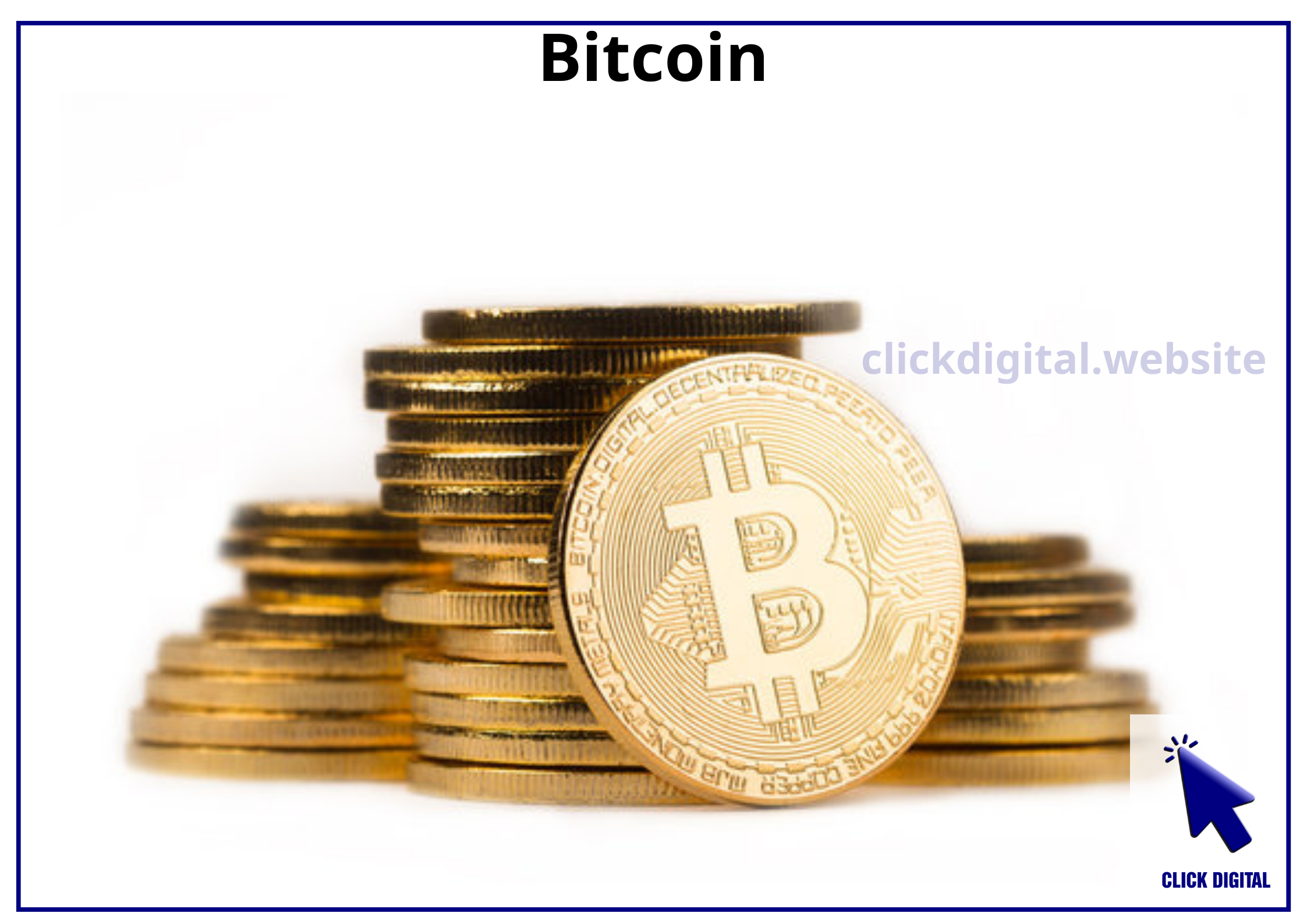Bitcoin has a fixed supply of 21 million coins, and by around 2140, all of them will have been mined. This raises a big question: Will Bitcoin still exist? How will miners earn revenue? Here are some possible scenarios.
Table of Contents
What Happens When Bitcoin Is Fully Mined?
1. Bitcoin Survives and Becomes Digital Gold
Once block rewards disappear, miners will rely solely on transaction fees for income.
- Bitcoin will primarily be a store of value, similar to gold, rather than a medium for daily transactions.
- The network will still be secure as large miners continue operations.
- However, if miners exit too quickly, transaction confirmation times may slow down before the difficulty adjustment algorithm balances the system.
2. Miners Stay Due to High Transaction Fees
If Bitcoin’s price continues to rise, transaction fees will increase, providing an incentive for miners to maintain the network.
- Large transactions, especially those between institutions and investment funds, will persist.
- Small-scale miners may leave, but large mining pools and financial institutions will likely continue operating.
3. Users Combine Bitcoin with Other Blockchains
Instead of directly transacting with Bitcoin, people may use networks like Ethereum, Solana, or the Lightning Network.
- Bitcoin will remain a store of value, while smaller transactions take place on other blockchains.
- This could reduce congestion on the main Bitcoin network but might also decrease transaction fee revenue for miners.
4. Some Miners Leave, But Bitcoin Survives
If transaction fees are insufficient, some miners may switch to other blockchains.
- However, Bitcoin’s difficulty adjustment mechanism ensures the network remains stable even with fewer miners.
- A sudden drop in mining power may temporarily slow down transactions, but the network will eventually recalibrate.
5. Lightning Network and Layer 2 Solutions Keep Bitcoin Accessible
Layer 2 solutions, such as the Lightning Network, will enable users to transact with low fees.
- Most small transactions will occur on Layer 2, while the main Bitcoin network will handle high-security, large-value transactions.
- This will prevent Bitcoin from becoming an asset reserved only for the wealthy, ensuring accessibility for everyday users.
Probability of Each Scenario
| Scenario | Probability (%) | Explanation |
|---|---|---|
| Bitcoin survives as digital gold | 55% | High fees, few small transactions, mainly used as a store of value. |
| Miners stay due to high fees | 35% | If Bitcoin’s price keeps rising, miners will continue securing the network. |
| Users combine Bitcoin with other blockchains | 45% | People may hold Bitcoin but use other blockchains for transactions. |
| Miners leave, Bitcoin weakens | 10% | Some miners may exit, but the difficulty adjustment mechanism ensures stability. |
| Bitcoin undergoes economic changes (hard fork, inflation, PoS, etc.) | 3% | The community strongly resists changes to Bitcoin’s monetary policy. |
| Bitcoin suffers a 51% attack | 2% | Extremely unlikely due to the vast number of nodes and mining power securing the network. |
Conclusion: Bitcoin Won’t Die, But It Will Change
The most likely scenario is that Bitcoin will continue to exist as a store of value, while daily transactions shift to other blockchains. Miners will earn revenue from transaction fees, maintaining network security.
Additionally, Layer 2 solutions will ensure that individuals can still use Bitcoin with low fees, preventing it from becoming an asset only for the ultra-wealthy.
What do you think? Where is Bitcoin headed in the future? Share your thoughts in the comments below!

